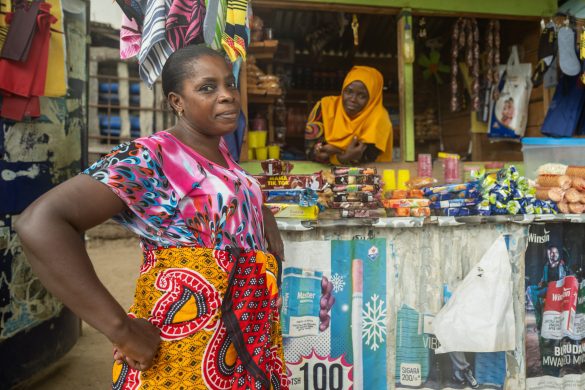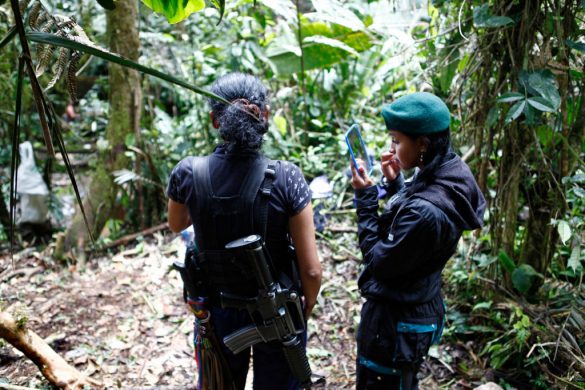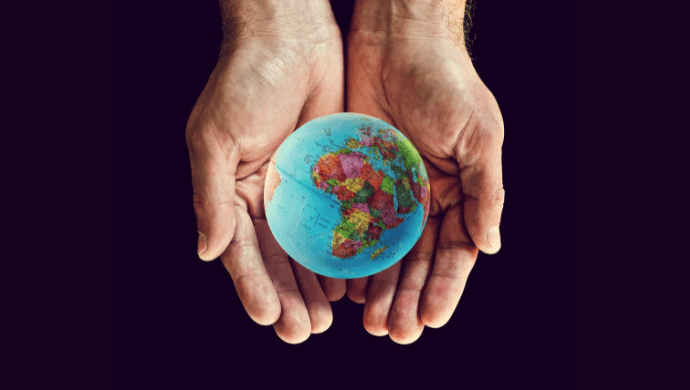Dyster rapport fra internationalt ressourcepanel når frem til, at hundreder af millioner hektar er i fare for at blive ødelagt som dyrkbare arealer, ligesom vitale skove og græssletter vil forsvinde, når tempoet sættes op for at brødføde den hastigt voksende menneskehed.
NAIROBI, 24 January 2014 (UN News Service): If demand for new land on which to grow food continues at the current rate, by 2050, high-end estimates are that area nearly the size of Brazil could be ruined, with vital forests, savannahs and grassland lost, the United Nations Friday warned in a new report.
Up to 849 million hectares of natural land may be degraded (nedslidt /voldsomt forringet), according to report, “Assessing Global Land Use: Balancing Consumption with Sustainable Supply”.
The report is produced by the International Resource Panel, a consortium of 27 internationally renowned resource scientists, 33 national Governments and other groups, hosted by the UN Environment Programme’s (UNEP).
“Recognizing that land is a finite resource, we need to become more efficient in the ways we produce, supply and consume our land-based products,” said UNEP Executive Director Achim Steiner.
The need to feed a growing number of people has resulted in widespread environmental degradation and loss of biodiversity, affecting an estimated 23 per cent of global soil.
Ændrede kostvaner og biobrændsel
Authors attribute the increasing demand for land to more protein-rich diets (kostvaner) in developing countries and a growing demand for biofuels and biomaterials, especially in developed countries.
They attempt to answer the question: how much more land can be used to serve the growing demand for food and non-food biomass while keeping the consequences of land use change at a tolerable level?
The report outlines the need and options to balance consumption with sustainable production, focusing on land-based products – such as food, fuels and fibre – and describes methods to enable countries to determine whether their consumption levels exceed sustainable supply capacities.
Its release comes amidst the final 700 days towards reaching the deadline for the eight anti-poverty targets known as the Millennium Development Goals (MDGs = 2015 Målene)), and as the international community defines the sustainable development goals post-2015.
“Recommendations from the report are meant to inform policy and contribute to ongoing discussions on targets and indicators for sustainable resources,” Mr. Steiner said.
Umådeholdent forbrug
The report authors argue that the key causes of global challenges are linked to unsustainable and disproportionate consumption levels.
Meanwhile, in high-consuming countries, only a few policy instruments address excessive (umådeholdne) consumption habits and the structures that encourage them, according to the report.
Among its recommendations, the report pushes for measures that improve land management and land use planning, investment in restoration of degraded land, and a reduction in food waste and shift towards more vegetable diets.
Læs videre på
http://www.un.org/apps/news/story.asp?NewsID=47002&Cr=environment&Cr1=#.UubXJmWia_U
Begynd fra: “Earlier this month, the UN Food and Agricultural Organization (FAO) said….”
Hele rapporten kan hentes (downloades) via
http://www.unep.org/resourcepanel/Publications/AreasofAssessment/AssessingGlobalLandUseBalancingConsumptionw/tabid/132063/Default.aspx














